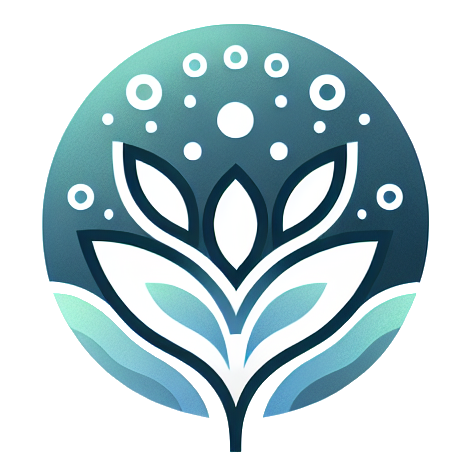In our fast-paced world, the hustle and bustle of daily life often leads us to believe that working longer and harder equates to greater success. However, research indicates that this mindset can be counterproductive. Taking breaks is not just a luxury; it is a necessity for maintaining productivity and focus. In this article, we will explore the science behind breaks, the benefits they provide, and practical tips for incorporating them into your daily routine.
The Science of Breaks
Understanding why breaks are essential begins with a look at how our brains operate. Our brains are not designed for continuous concentration. Cognitive fatigue can set in after prolonged periods of focused work, leading to decreased performance and diminished creativity. A study from the Draugiem Group found that the most productive employees worked for 52 minutes and then took a 17-minute break. This pattern suggests that breaks help reset our mental state, allowing us to approach tasks with renewed energy and clarity.
Additionally, the brain's default mode network (DMN) plays a crucial role in creative thinking and problem-solving. During breaks, especially those that involve mind-wandering or relaxation, the DMN becomes active. This allows for the synthesis of new ideas and connections, which can lead to innovative solutions once we return to our tasks.
Benefits of Taking Breaks
Taking breaks offers numerous benefits that extend beyond mere productivity. Let’s delve into some of the key advantages:
Increased Focus: Short breaks can help maintain high levels of concentration by preventing mental fatigue. When our brains are allowed to rest, we return to our tasks with sharper focus and improved cognitive function.
Enhanced Creativity: Breaks allow the mind to relax and wander, fostering creativity. This downtime can lead to insights and ideas that might not surface during intense focus periods.
Improved Mental Health: Continuous work without breaks can lead to burnout and stress. Regular pauses can reduce anxiety and promote a sense of well-being, creating a healthier work-life balance.
Better Physical Health: Sitting for long periods is detrimental to our physical health. Breaks provide an opportunity to stretch, move, and engage in physical activity, which can improve circulation and reduce the risk of chronic illnesses.
Increased Productivity: Ultimately, taking breaks can lead to higher productivity levels. By allowing ourselves to recharge, we can work more efficiently and effectively, completing tasks in less time.
Types of Breaks to Consider
Not all breaks are created equal. Here are some effective types of breaks to incorporate into your day:
1. Micro-Breaks
These are short pauses that can last anywhere from 30 seconds to a few minutes. Use this time to stretch, take a few deep breaths, or hydrate. Micro-breaks are perfect for those who find it challenging to step away for longer periods.
2. Movement Breaks
Engaging in physical activity during breaks can significantly boost your mood and energy levels. Whether it’s a quick walk, some yoga stretches, or even a few jumping jacks, getting your body moving can invigorate your mind.
3. Mindfulness Breaks
Mindfulness or meditation breaks can help clear your mind and reduce stress. Even just a few minutes of focused breathing or guided meditation can enhance your mental clarity and emotional well-being.
4. Nature Breaks
Stepping outside for fresh air and natural light can significantly improve your mood and focus. Nature has a calming effect, and being in green spaces has been shown to reduce stress and enhance cognitive function.
How to Implement Breaks in Your Routine
Incorporating breaks into your daily routine doesn’t have to be complicated. Here are some practical strategies to help you get started:
Set a Schedule
Decide on specific times during your day when you will take breaks. Whether it’s every hour or after completing specific tasks, having a schedule helps you prioritize breaks just like any other important appointment.
Listen to Your Body
Pay attention to signals from your body. If you find your focus waning or your energy levels dropping, it’s a sign that it’s time for a break. Don’t wait until you feel completely drained; aim for a proactive approach.
Create a Break-Friendly Environment
Designate a specific area for your breaks, whether it’s a cozy corner with a chair or a spot outside. This helps create a psychological association between that space and relaxation, making it easier to unwind during breaks.
Limit Distractions
During your breaks, try to step away from screens and any work-related distractions. Instead, engage in activities that promote relaxation and rejuvenation, such as reading, listening to music, or practicing mindfulness.
"Taking a break can be the key to unlocking your full potential; it’s in the pause that we find our power."
In a world that often glorifies busyness, it’s crucial to remember that taking breaks is not a sign of weakness but an essential component of effective work. By prioritizing breaks, we can enhance our focus, creativity, and overall well-being. Whether you opt for micro-breaks, movement, or mindfulness, the time you invest in resting will pay dividends in productivity and satisfaction. So, embrace the pause, and watch as your potential unfolds!
Taking breaks is a simple yet powerful practice that can lead to a healthier and more balanced lifestyle. As you embark on this journey, remember that each moment of rest is an opportunity to recharge and reconnect with your inner self. Happy breaking!
